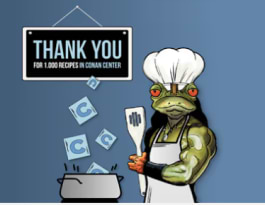From the Command Line, to Make, to CMake, to Conan @ C++ San Diego Meetup
June 23, 2022
2 min read
From the Command Line, to Make, to CMake, to Conan @ the C++ San Diego Meetup
Abstract:
This session examines the layers of tooling used to produce C/C++ applications and make developers’ lives easier. Surveys say a major pain point facing C/C++ developers is long build times. One way to save time is to only re-build an artifact when a change occurs. Although the command line offers the precision of specifying what to build, doing this and tracking changes manually can quickly become a daunting and error-prone proposition. Make as a build system allows developers to specify and execute command-line statements depending on what file changes are detected. However, these statements may be particular to one compiler or operating system. CMake provides the missing flexibility for a makefile file. One CMake file can generate what’s needed for a variety of build systems, compilers, and operating systems. Another major pain point facing C/C++ developers is managing all the libraries needed by an application. Libraries provide the functionality programs need. But it gets tricky when libraries depend on other libraries that depend on other libraries in a spaghetti-like formation. The goal of Conan as a package manager is to alleviate this burden. ConanCenter, for example, features over 1000 recipes. The promise of a recipe is to untangle the spaghetti and list the dependencies for a given library.
Bio:
Nick started in the video games industry, developing titles for console and mobile. Disappointed by the oppressive corporate feel of traditional technical training, Nick’s passion is to create more engaging and powerful learning experiences through game-based learning and other playful techniques. As a Curriculum Developer at Oracle, he focused on Java programming and certification. As a Developer Advocate at JFrog, his focus is on C++, Conan, and other JFrog technologies.







